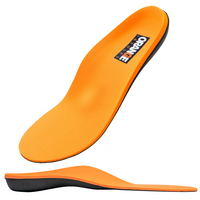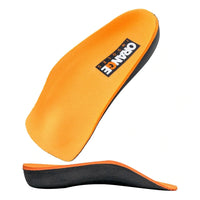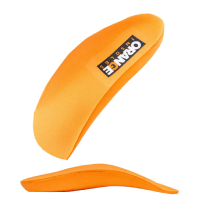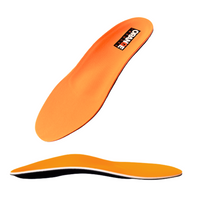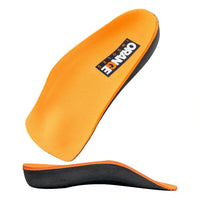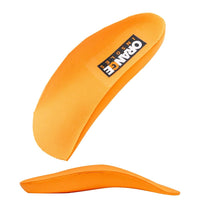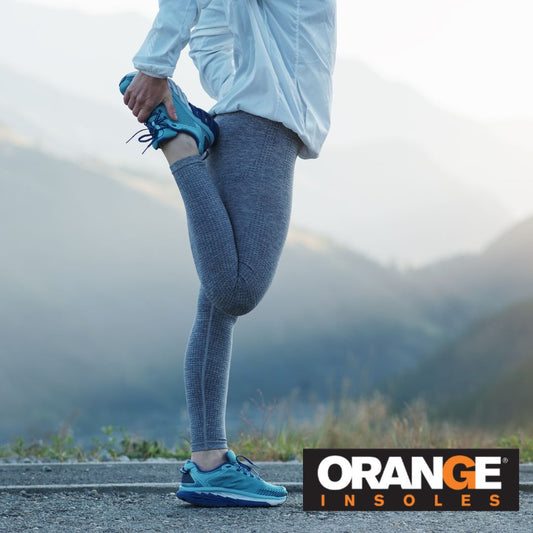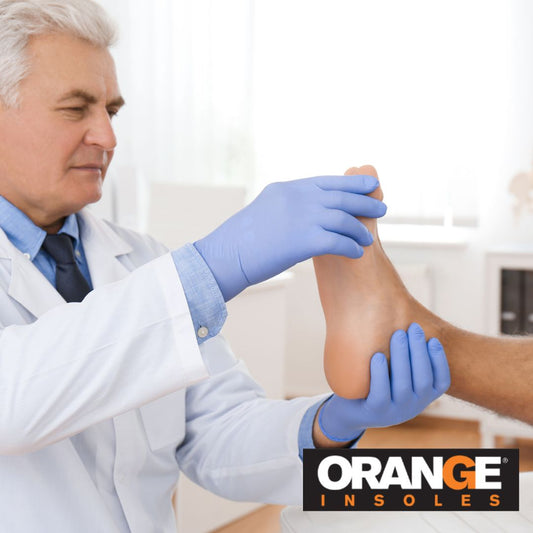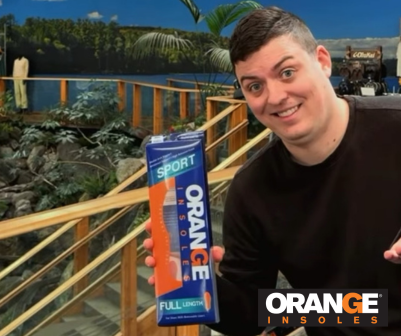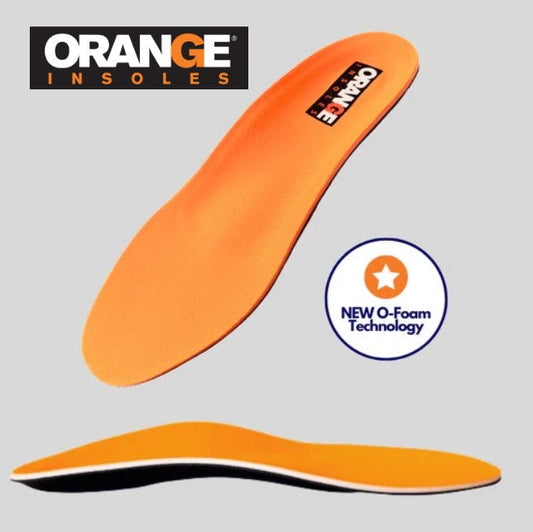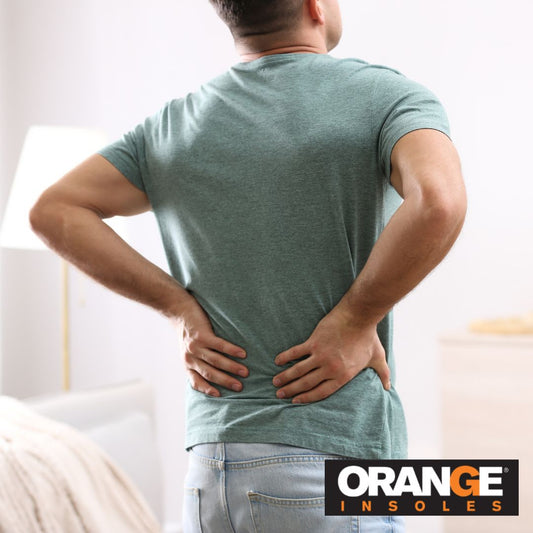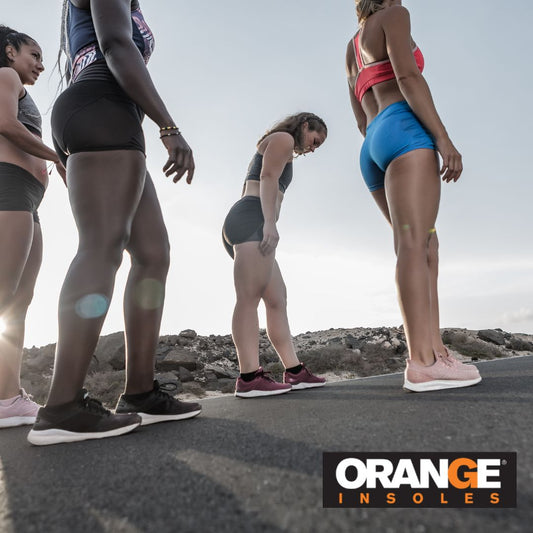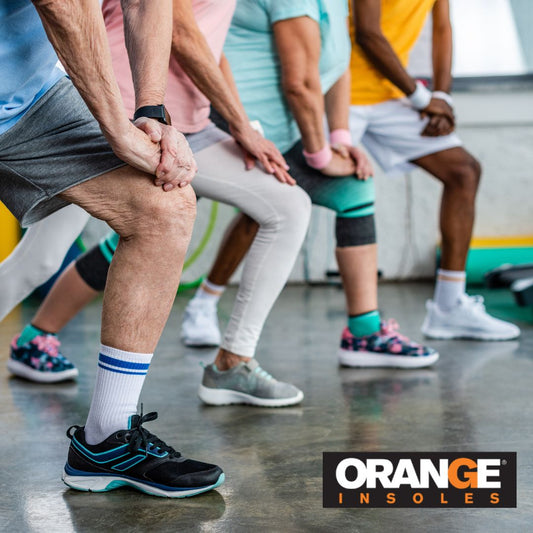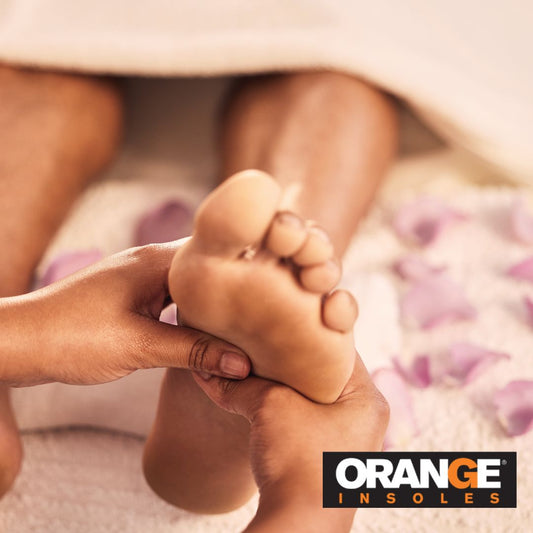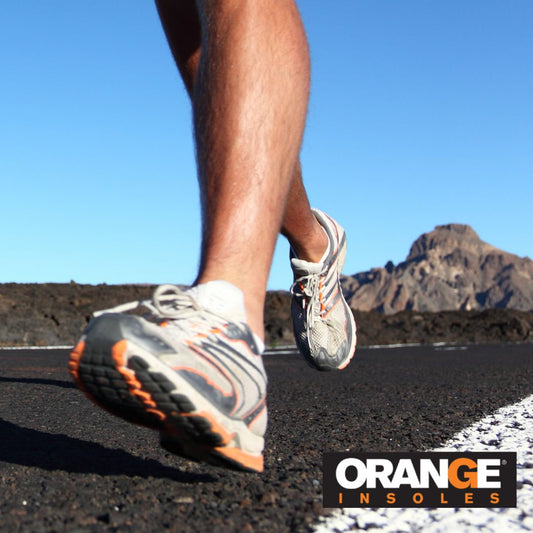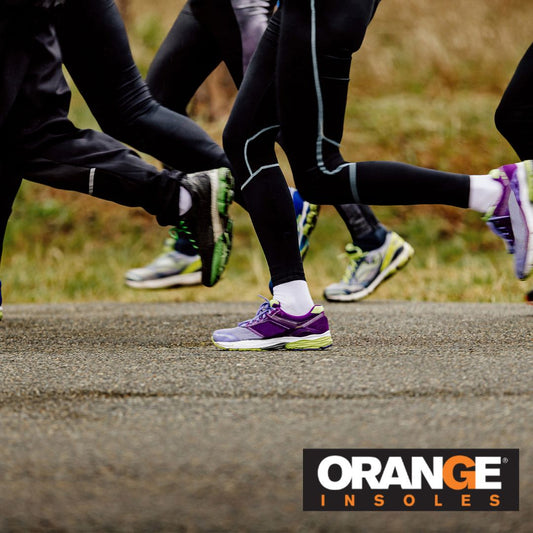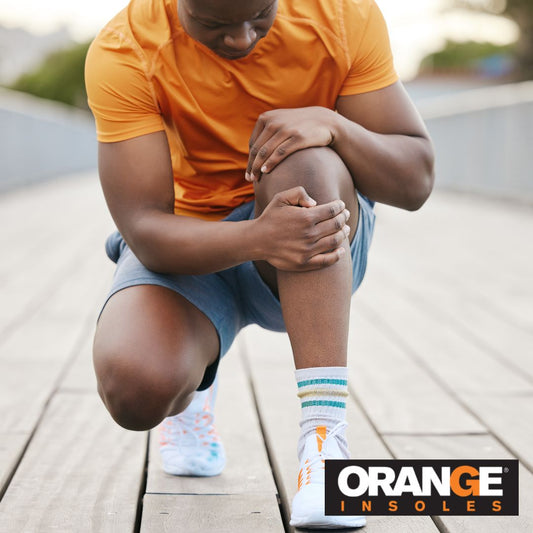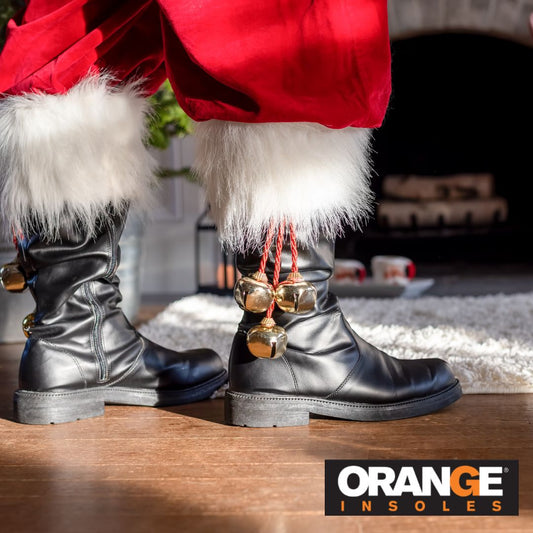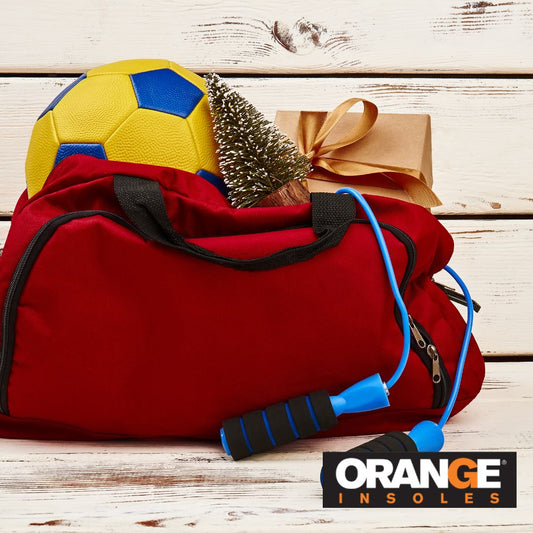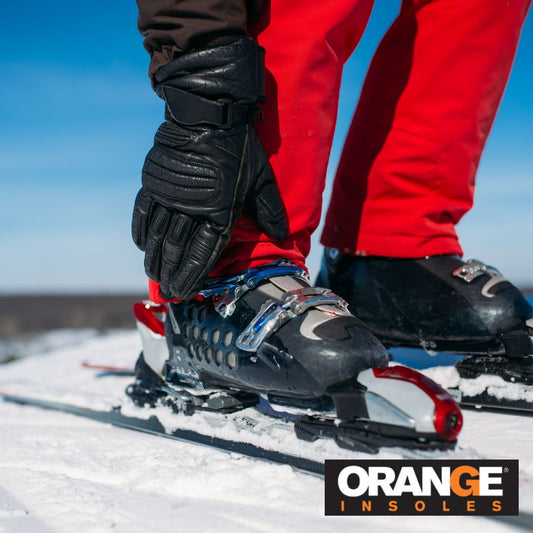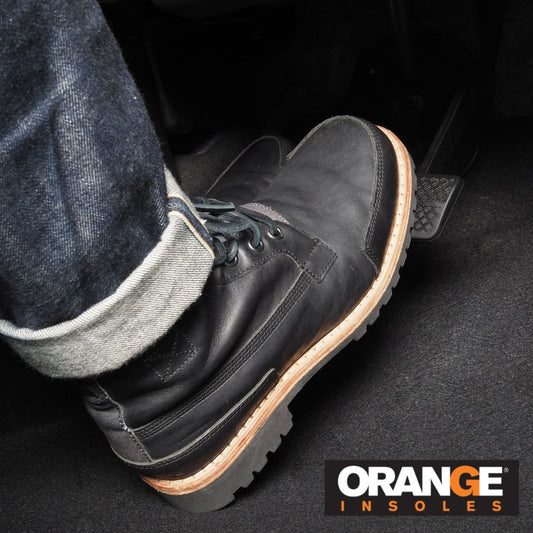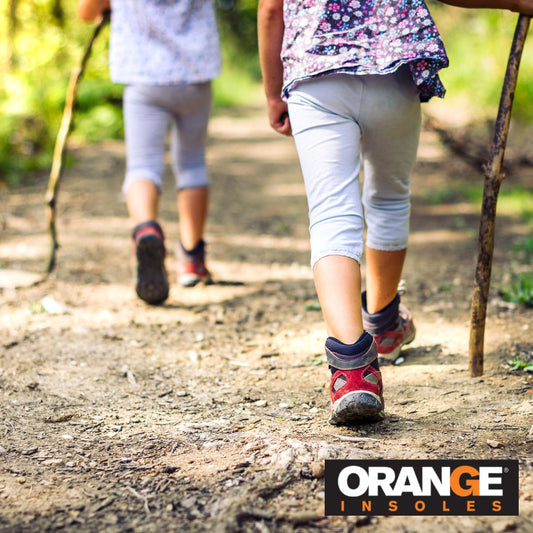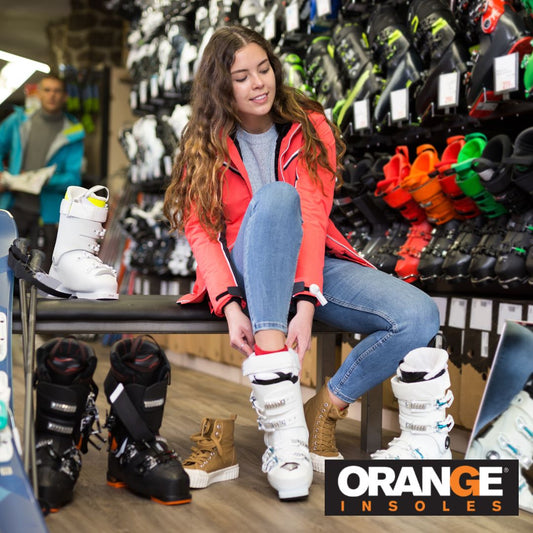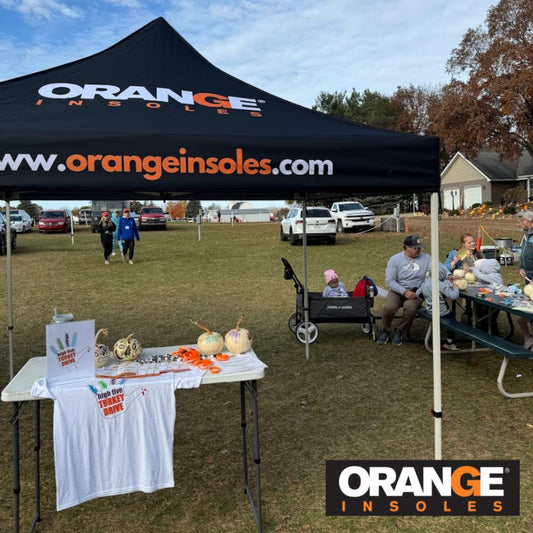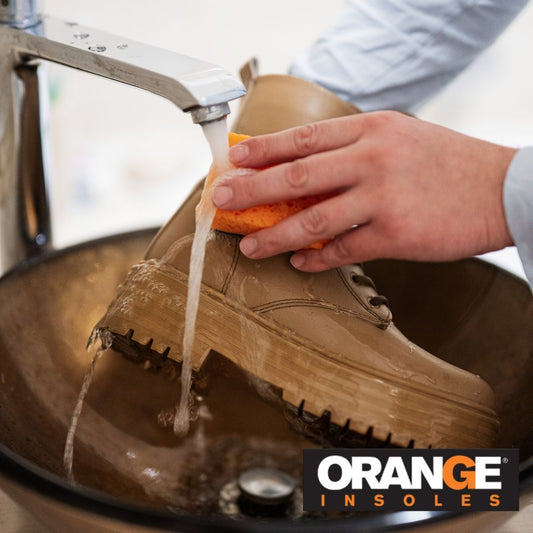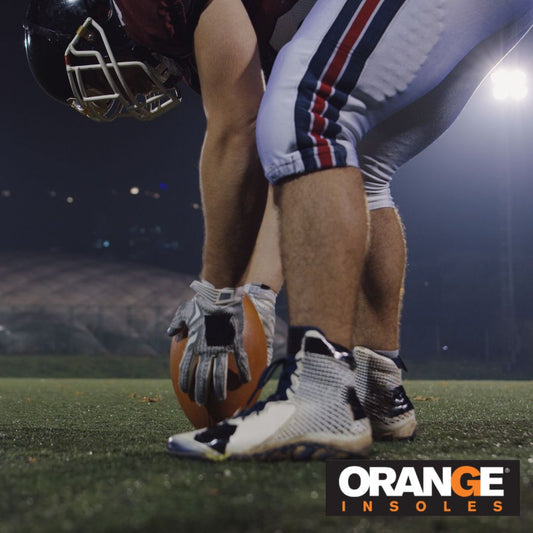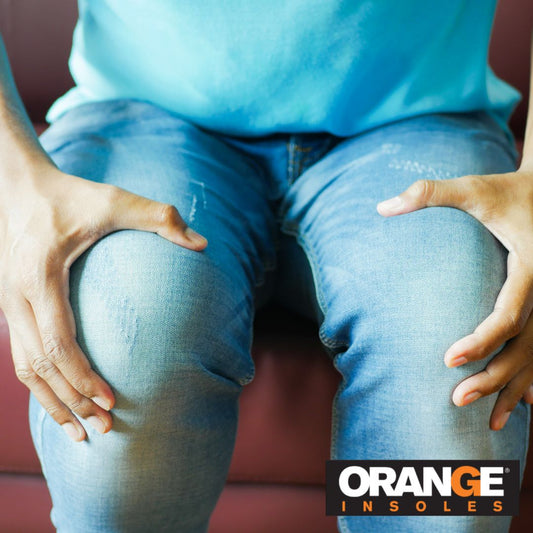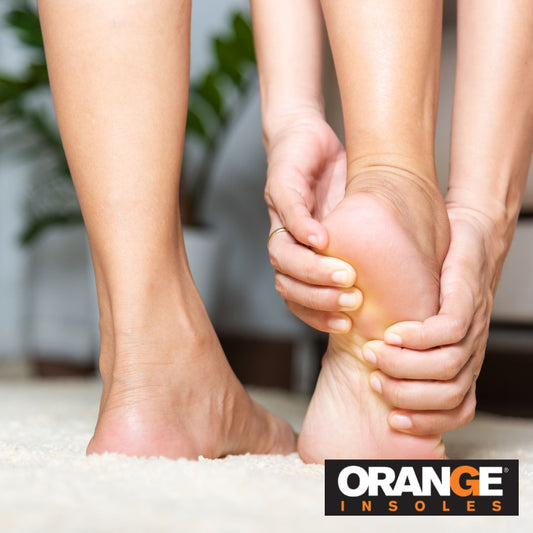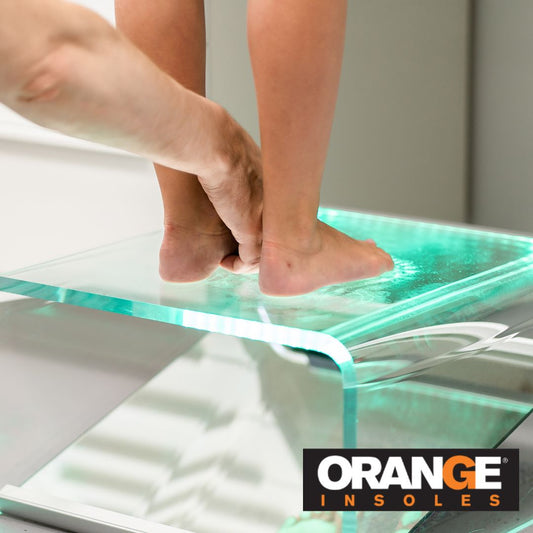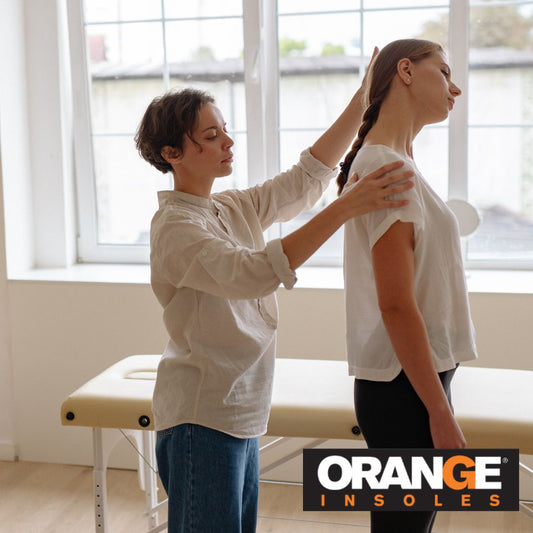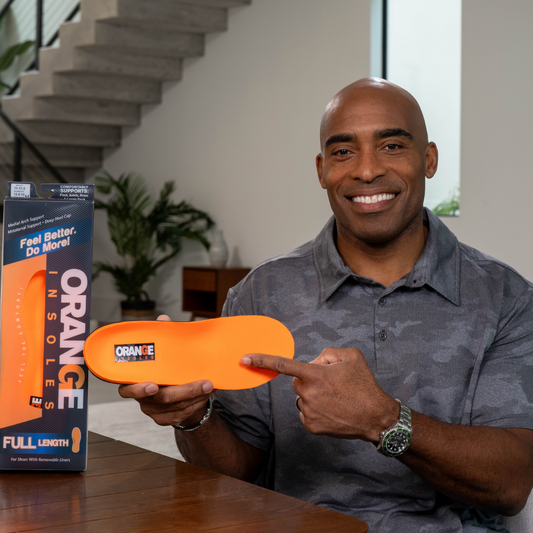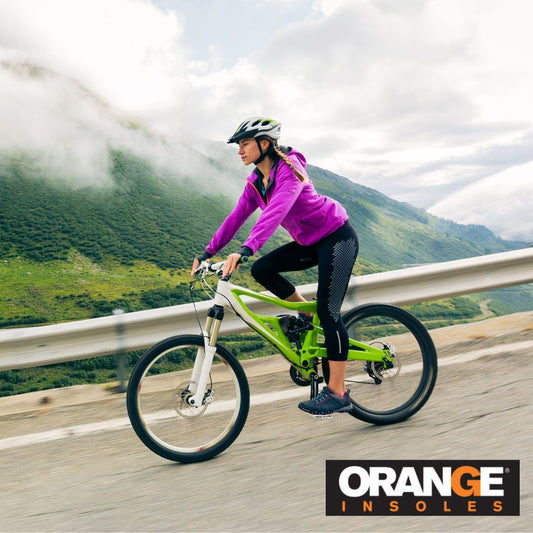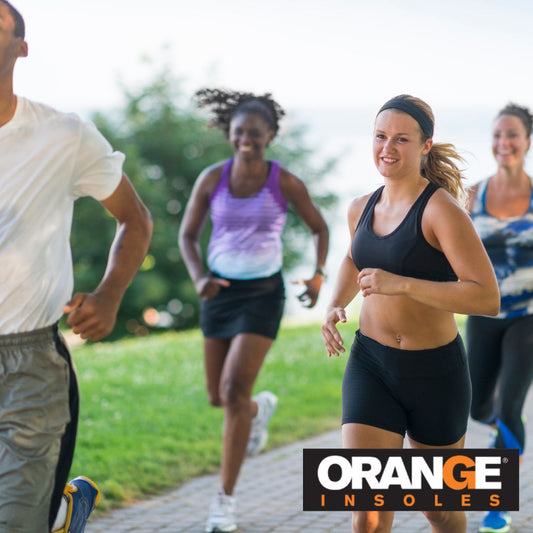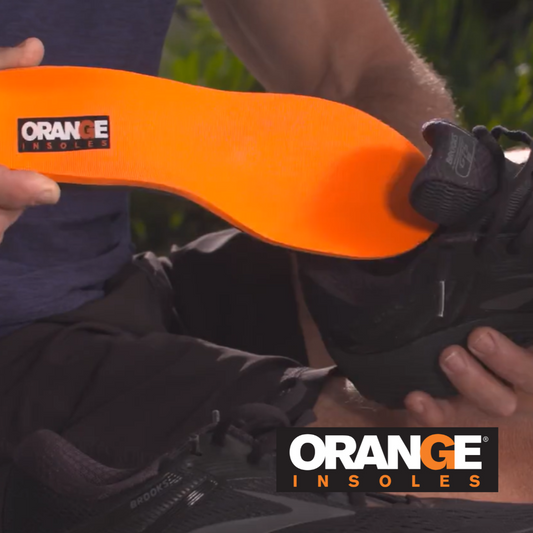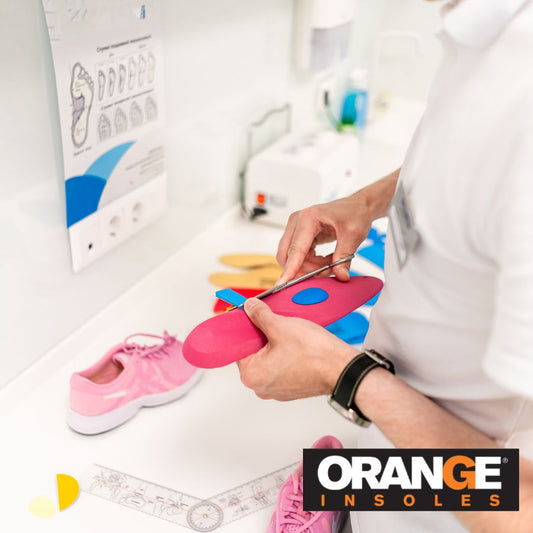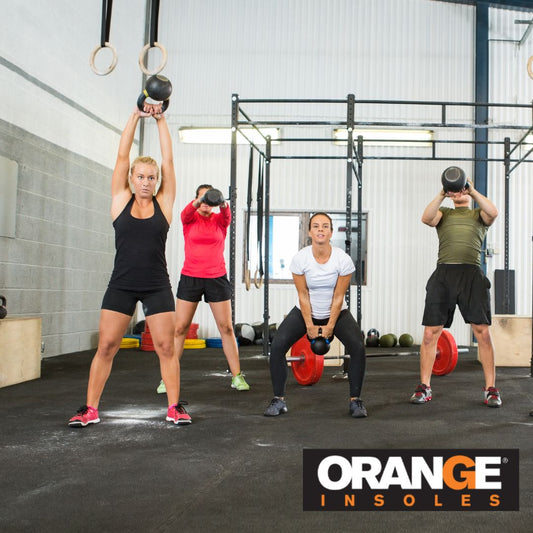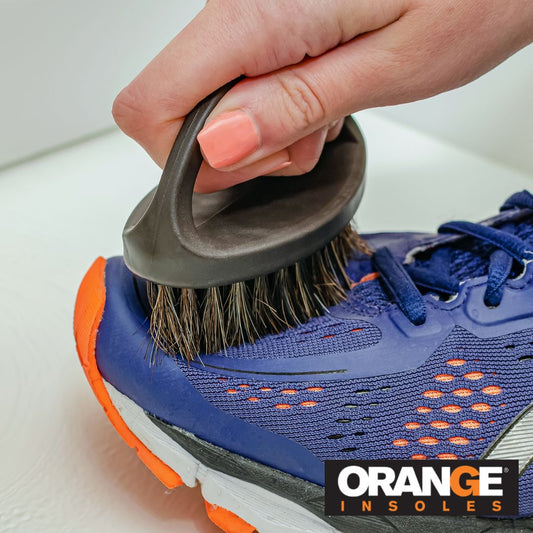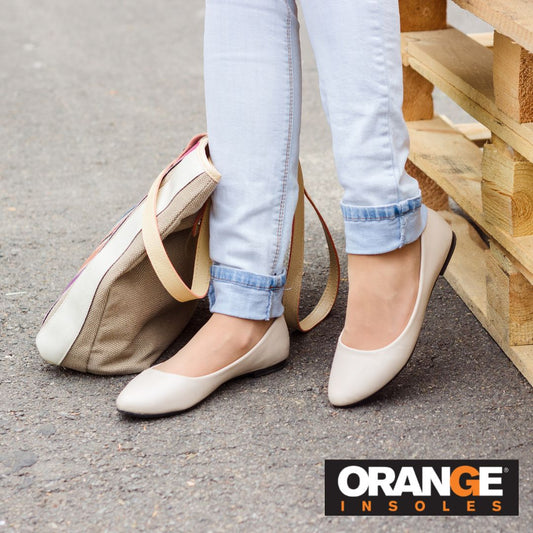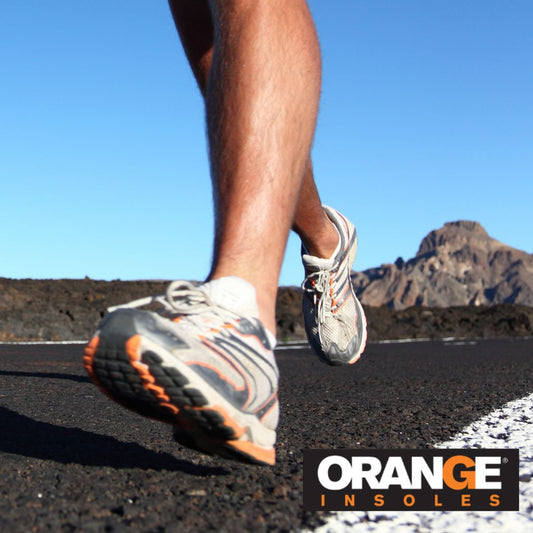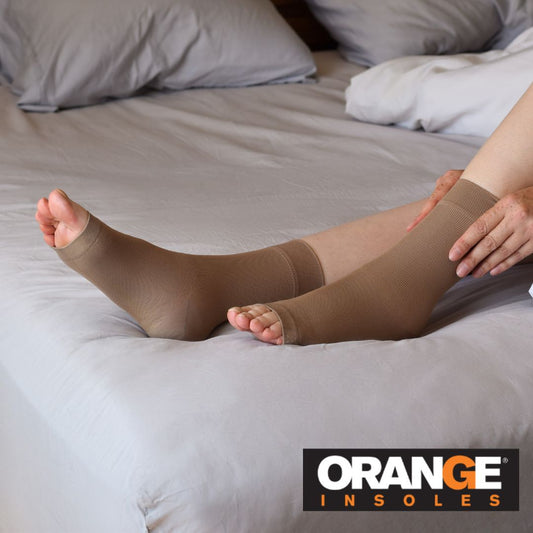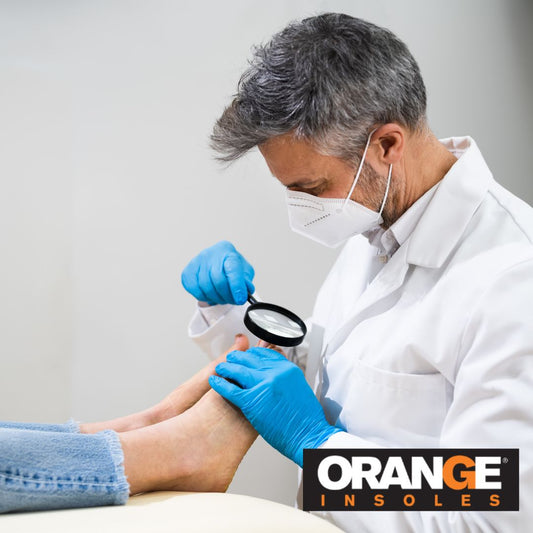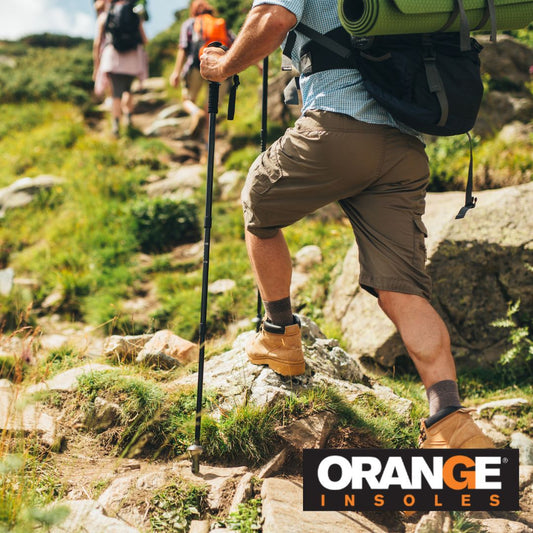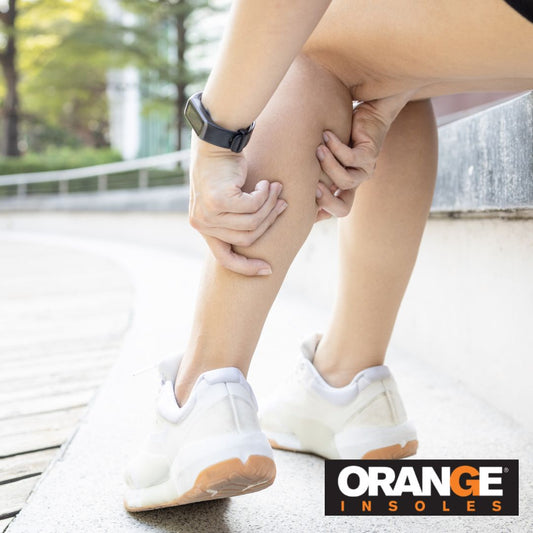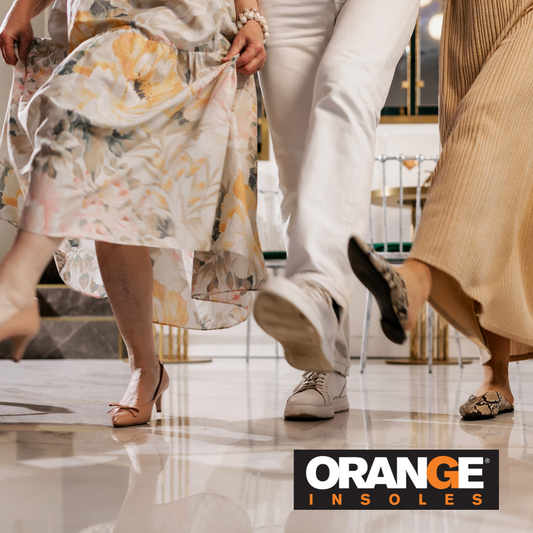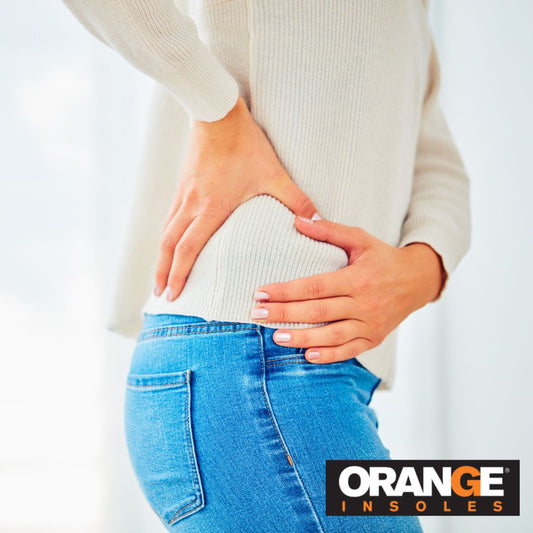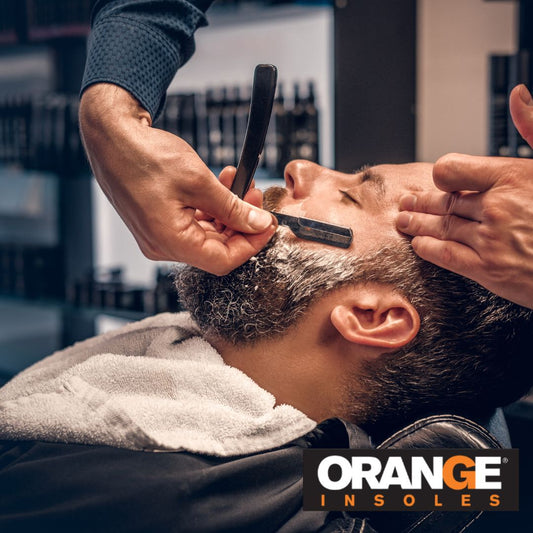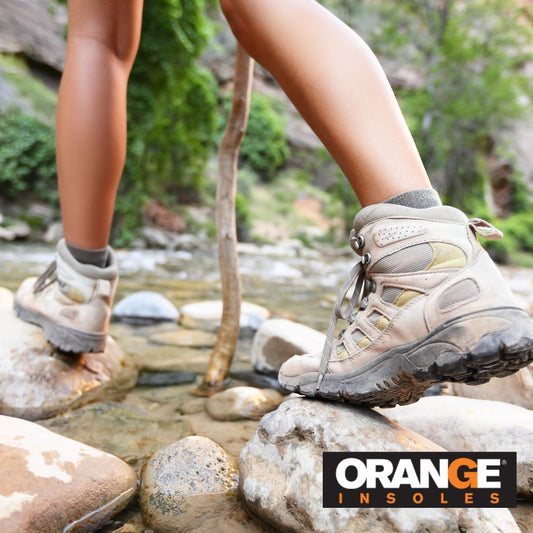The posterior chain is the collection of muscles along the back of the body, from the neck to the ankles. It consists of the gluteus maximus, hamstrings, calf muscles (gastrocnemius and soleus), and the erector spinae. These muscles are important for movement, stability, and posture. While the posterior chain is frequently spoken about in the context of athletic performance and injury prevention, its contribution to foot health cannot be overstated.
Recent research has pointed to the way in which the strength and function of these muscles affect foot posture, stability, and the prevention of frequent foot conditions.
Understanding the Posterior Chain’s Role in Foot Health
Foot health is deeply interconnected with the condition of the posterior chain. The muscles within this chain help maintain proper posture and gait mechanics, ensuring even weight distribution across the feet. One key muscle in this process is the tibialis posterior, which is responsible for stabilizing the foot’s arch and assisting in movements like plantar flexion and inversion. Dysfunction in this muscle can contribute to flatfoot and posterior tibial tendon dysfunction (PTTD), leading to discomfort, imbalance, and potential mobility impairments.
Similarly, weak hamstrings and glutes can contribute to compensatory movement patterns, which may place excessive strain on the feet. Poor posterior chain strength can also lead to biomechanical inefficiencies, increasing the risk of foot-related injuries such as plantar fasciitis, Achilles tendonitis, and stress fractures.
Recent Studies on Posterior Chain and Foot Health
Current studies have illuminated the connection between the posterior chain and foot health, providing promising evidence for treatments and interventions:
1. Intrinsic Foot Muscle Strengthening
Another study explored the impact of a four-week intrinsic foot muscle exercise program on foot health. Participants who engaged in exercises targeting foot muscles showed improvements in foot posture and ankle mobility. While the benefits were localized to the foot and ankle, this study reinforced the idea that foot-specific strengthening exercises could complement posterior chain training to enhance overall stability. (Source)
2. Insoles and Posterior Chain Support
Several studies suggest that insoles can improve foot mechanics and posture, potentially benefiting the posterior chain. A study examining the effectiveness of custom-made insoles in reducing low back pain among workers who walked long distances found a significant decrease in back pain, suggesting that improved foot support can influence the posterior chain, particularly the lower back. (Source)
Additionally, research on individually designed insoles for individuals with flatfoot found improvements in foot posture and function. By providing adequate arch support, these insoles may help realign the lower extremity, which could have positive implications for the posterior chain. (Source)

Implications for Treatment and Prevention
Given the strong connection between posterior chain strength and foot health, incorporating specific exercises, insoles, and lifestyle modifications can help improve foot stability and prevent common foot ailments.
1. Exercise Interventions for Posterior Chain Strength
Engaging in targeted strength training exercises can enhance the function of the posterior chain, leading to better foot mechanics. Key exercises include:
-
Deadlifts – Strengthen the hamstrings, glutes, and lower back, promoting better posture and stability.
-
Kettlebell Swings – Improve posterior chain endurance, which can help sustain proper foot mechanics during prolonged activity.
-
Glute Bridges – Activate the glutes, reducing compensatory stress on the lower limbs and feet.
-
Calf Raises – Strengthen the gastrocnemius and soleus, aiding in ankle and foot stability.
By incorporating these exercises into a regular routine, individuals can develop stronger posterior chain muscles that support foot function and reduce injury risk.
2. Footwear and Insole Considerations
Footwear plays a crucial role in how the posterior chain functions during walking and running. Studies suggest that minimalist shoes can help strengthen the feet and posterior chain muscles by promoting a more natural gait. However, a sudden shift to minimalist footwear can lead to strain or injury if the body is not adequately conditioned. Gradual adaptation, along with strengthening exercises, can optimize the benefits of minimalist shoes for foot health.
In addition, insoles designed to provide arch support and redistribute foot pressure can contribute to better posture, which may positively impact the posterior chain. Those experiencing foot fatigue, low back pain, or misalignment issues may benefit from custom insoles tailored to their foot structure.
3. Addressing Common Foot Conditions
Conditions such as plantar fasciitis, Achilles tendonitis, and flatfoot can often be traced back to weaknesses or imbalances in the posterior chain. Physical therapy interventions that include posterior chain strengthening, foot muscle activation, and mobility work have been shown to improve recovery outcomes for these conditions. Strengthening the entire kinetic chain—from the lower back to the feet—can help reduce stress on the foot structures and improve overall biomechanical efficiency.
It’s All Connected
The health and functionality of the posterior chain are integral to maintaining optimal foot health. Recent studies emphasize that strengthening the posterior chain, combined with mindful footwear choices and insole support, can positively impact foot posture, balance, and injury prevention. By integrating posterior chain exercises, foot-specific training, and proper insole usage into daily routines, individuals can enhance stability, reduce foot pain, and improve their overall movement efficiency.
As ongoing research continues to explore the links between foot health and posterior chain function, adopting evidence-based approaches to training, footwear, and insoles can provide lasting benefits. Take care of your feet by taking care of all the other muscles that connect to it!
